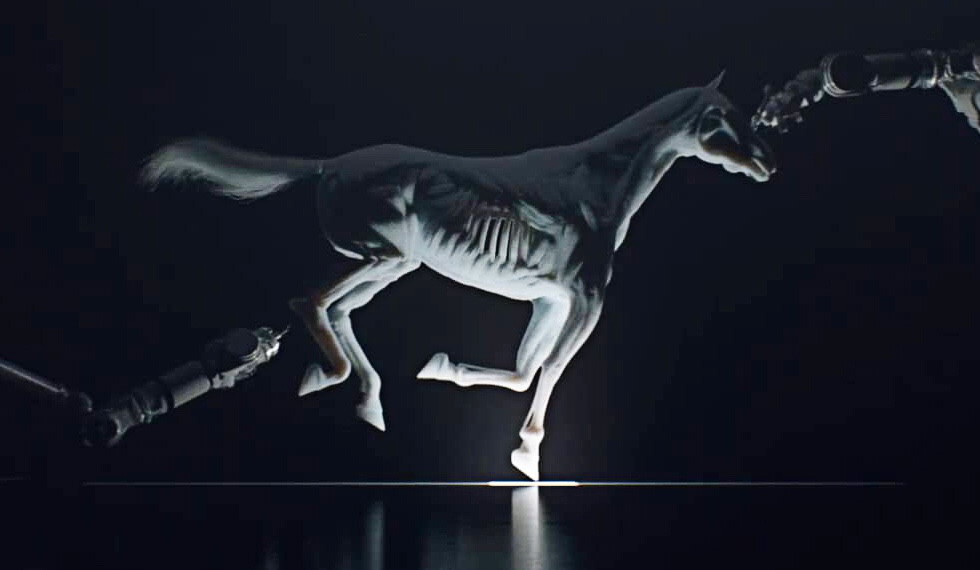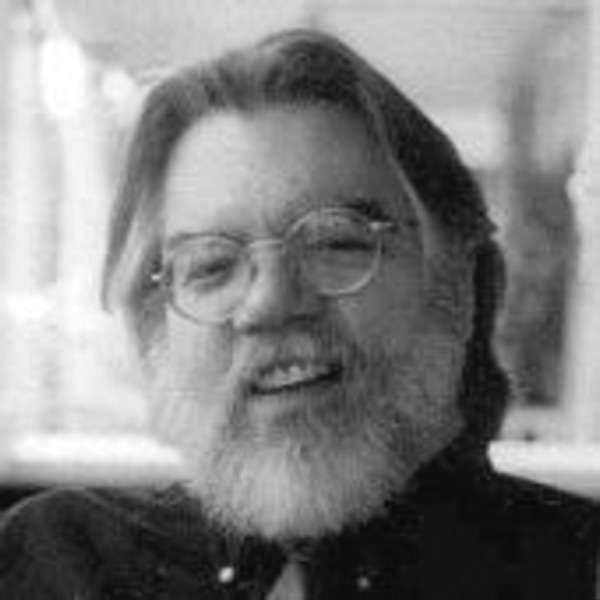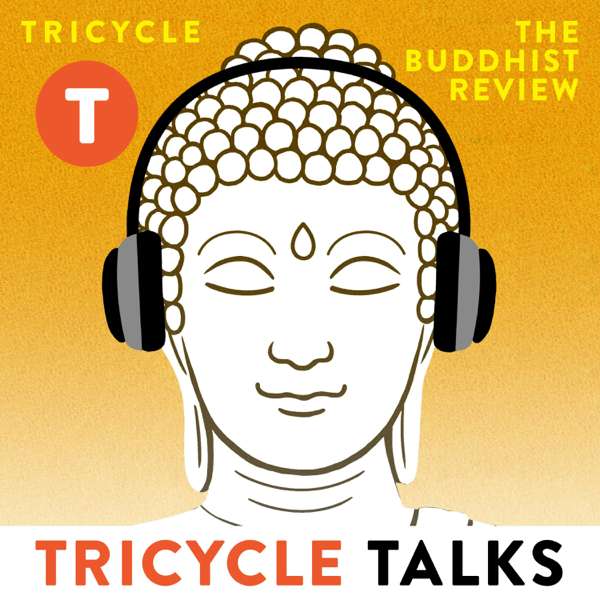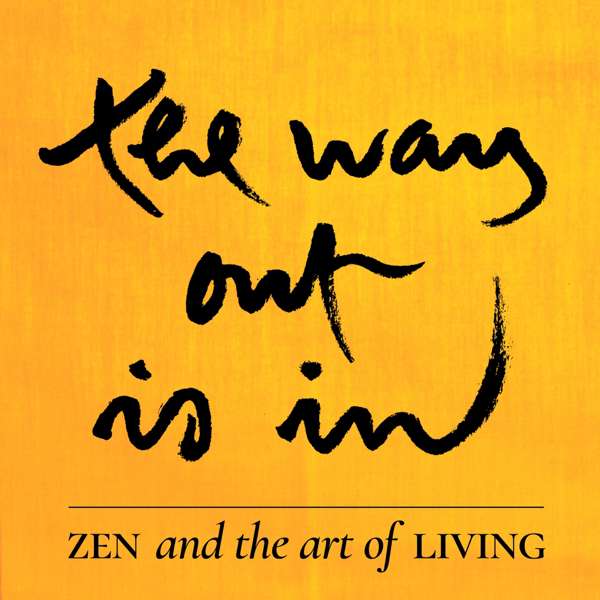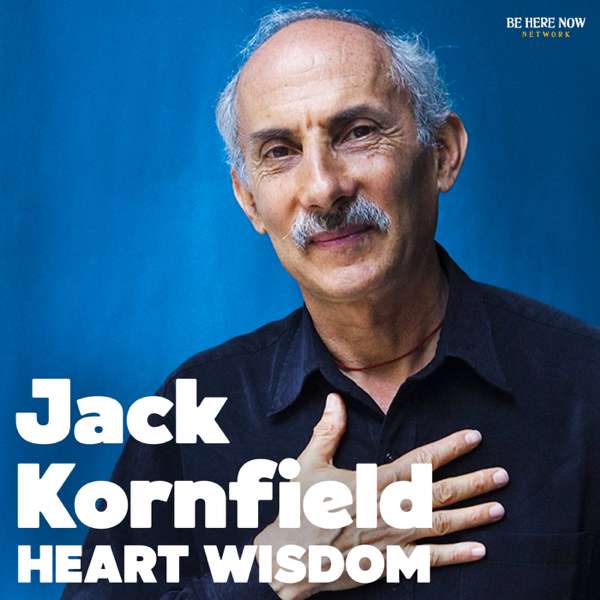In this 2-hour dharma talk, Thich Nhat Hanh teaches how important our breathing is for transformation. The talk takes place on August 13, 2007 during the Stonehill College retreat during the U.S. Tour. The retreat theme is Mindfulness, Fearlessness, and Togetherness and this is the first dharma talk of the retreat.
Eating Breakfast
We begin with a brief reflection on Lazy Day at Son Ha Temple in Plum Village. Being lazy can be difficult for some people. In Plum Village it means to take your time in every moment. Whether we are brushing our teeth or eating our breakfast. Each moment is a moment of joy, of peace, of freedom. Thay has discovered that he loves french toast, but he’s been unable to find french toast in France. I eat breakfast because I like breakfast. In the Buddhist practice, we take time to enjoy our breakfast. We don’t eat in a hurry. During this retreat, we also eat in silence. This is known as noble silence. We practice being mindful of every morsel of food we eat and also mindful of the people around you. The same is when we drink tea – to be truly present in the here and the now. True life is there in the present moment. Drinking mindfully I can see the cloud in my tea. Many of us are running after something, such as a diploma. When we are running, we missed the opportunity to be in the present moment. To stay with my breakfast or with my tea. This is called mindful eating.
Walking Meditation
14:25 – Today, we started with walking meditation early this morning. The purpose of walking meditation to arrive in every moment. To arrive in the here and the now. There is always something in the here and the now. Our habit of running causes us to missing what is happening in the present moment. I have arrived. I am home. When you have arrived, happiness becomes a real thing. We arrive in every moment. This is called mindful walking.
Lazy Day
18:43 – Mindful breathing is also enjoyable. We need some training. In the beginning, we may still feel the energy of running. To do things quickly. Stop running and learn to breathe. Thay uses the example of brushing our teeth. We enjoy every moment of the day, whether we are washing or sitting or walking. And on the other days, not the lazy day, you simply follow the schedule. And you profit from the collective energy of the sangha. You can cherish every moment of your lazy day. Are you lazy enough today? Nowhere to go, nothing to do. There is a tendency in every one of us to run. A kind of energy that is pushing us to run after something. The practice of Buddhist meditation is to be aware of this tendency and be able to stop. Stopping is a very important practice. We can stop running. I have arrived. I am home.
Slow Walking Meditation
27:28 – When you are alone and you have 5-10 minutes, you may like to practice slow walking meditation. You breathe in, and you make one step. Bring attention to the sole of your foot. Become aware of the contact between your foot and the ground. And say silently, I have arrived. Invest 100% of your body and your mind into the step. The running has become a habit in our body, our mind, and our consciousness. We can create another habit, of arriving and stopping, to counter that habit of running. This practice of slow walking meditation is one of the methods to form a new habit. Stay in that first step until you have fully arrived in the moment.
With this practice, we can begin to heal. The practice of stopping. It is a training. We need to allow our body to do the healing. Resting. Our body and mind have the capacity to heal itself by allowing our body and mind to rest.
Mindful Breathing
39:08 – In the “Sutra of Mindful Breathing,” the Buddha offers a method to release the tension in our body. To allow our body and mind to rest. Breathing in, I am aware of my body. This is one exercise described by the buddha. When you breathe in, you bring your mind to your body. This is a basic practice. Breathing in, I release all tension in my body. Whether in a sitting or lying position, it is possible to release all the tensions in our body. These should become a daily exercise. During the time we sit, walk or eat, it is possible for us to practice this.
We can also release the tensions in our feelings and emotions. Breathing in, I am aware of my feeling. That feeling may be a pleasant feeling, or a painful feeling, or a neutral feeling. We come home to recognize and embrace the feeling.
Mindfulness, Concentration, Insight
47:35 – Practicing Buddhist meditation, we generate three kinds of energies: Mindfulness, Concentration, Insight. Our insight has the capacity to liberate us from fear, anger and anxiety. It is born from the energy of concentration and mindfulness. Mindfulness is what we generate while walking, sitting, driving, cooking, etc. We usually begin with our in breath and our out breath. Breathing in, I know this is my in-breath. Breathing out, I know this is my out-breath. We can become so attentive to our breathing that we can become our breathing.
In out, deep slow, calm, ease, smile, release, present moment, wonderful moment. This gatha can be our guide.
Thay offers additional instruction on how to calm and release the tensions in our body.
Sangha Energy
58:58 – Collective energy of the sangha. It is much more powerful than the individual energy of mindfulness. The energy of the sangha can transport you and the practice becomes much easier. It’s like a formation of birds. We flow like a river. This is why we practice taking refuge in the sangha. We can profit from the energy of the sangha, especially when we are suffering individually. It is possible for us to hold our pain, our fear. This is why we practice with the sangha.
Consciousness and Happiness
1:05:04 – Thay teaches on the leaf. Everyone can see it is a leaf. We can recognize and distinguish what is not. A leaf is a leaf. And when we look into the leaf, we can see many things. It is made of non-leaf elements. The same is with our body. The body is not separate or independent of the mind. In Buddhism, we have Interbeing. In this teaching, we have something called store consciousness and mind consciousness. We can survive with only store, but then we are only on automatic pilot. We want to evolve the mind consciousness so we are not on auto pilot all the time. We can discover many things. Insight.
Store consciousness has something called manas. This is pleasure seeking. If we ignore the goodness of suffering, that is manas. But we can learn a lot from suffering. Understanding suffering we can generate compassion and love. We learn from suffering. Manas does not know this. Meditation helps us to transfer to store and help us transform.
The wisdom of moderation. The practice of meditation helps us see this wisdom and help it to grow. Understanding and compassion. The Pure Land of the Buddha is not a place where there is no suffering. We need the mud in order to have the lotus. The mud plays a very vital role. Suffering brings understanding and compassion. Holding the suffering and learning from it.
Transformation at the Base
1:33:25 – When the seed of fear comes up from the store consciousness to the level of mind consciousness, the practice is to allow the seed of mindfulness to come up as well. It is the energy of mindfulness that is recognizing and embracing the energy of fear. Mindfulness is not there to help us run away, but it is there to help us recognize. At first, we may not have enough energy to hold our pain and so we rely upon the collective energy of the sangha. And eventually we can have the power to do this on our own. And when we have enough mindfulness and concentration, then we can have the insight. This is the practice of meditation. Transformation at the base.
Taking Refuge in the Buddha
1:37:40 – Taking refuge in the Buddha. Not as a person outside of ourself. But the energy of mindfulness, concentration, and insight within us. To trust our capacity of understanding and to be compassionate.
A story from Thay’s visit to Seoul, South Korea when Thay asked the Buddha to walk for him. And the Buddha did it for Thay. Let the Buddha breathe, let the Buddha walk. The Buddha is inside of you.
New Gathas
1:42:50 – Thay has written a few new Gathas and he shares them now with the sangha.
Let the Buddha breathe.
Let the Buddha walk.
I don’t need to breathe.
I don’t need to walk.
The Buddha is breathing.
The Buddha is walking.
I enjoy the breathing.
I enjoy the walking.
Buddha is the breathing.
Buddha is the walking.
I am the breathing.
I am the walking.
There is only the breathing.
There is only the walking.
There is no breather.
There is no walker.
Peace while breathing.
Happiness, joy while walking.
Peace is the breath.
Happiness, joy is the walking.
Through these practices, we discover the reality of no-self.
Recording Quality: Excellent

 Our TOPPODCAST Picks
Our TOPPODCAST Picks  Stay Connected
Stay Connected


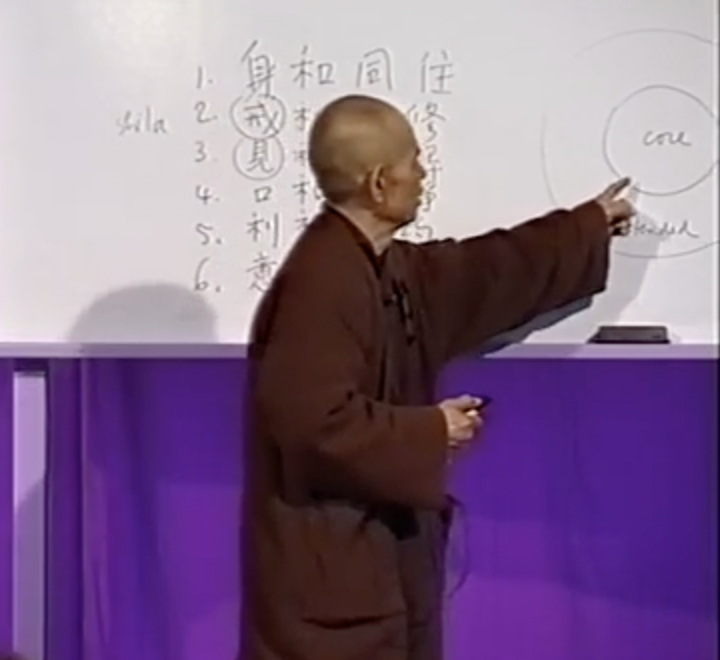
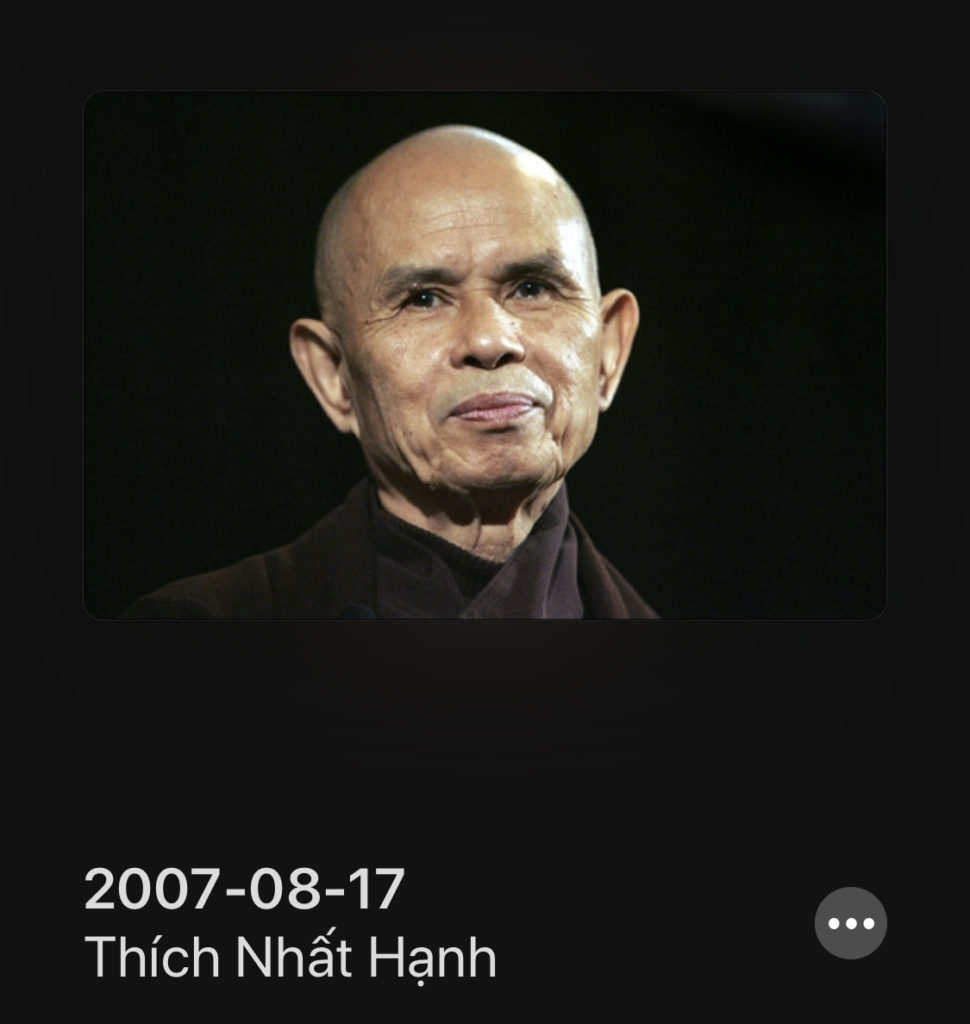


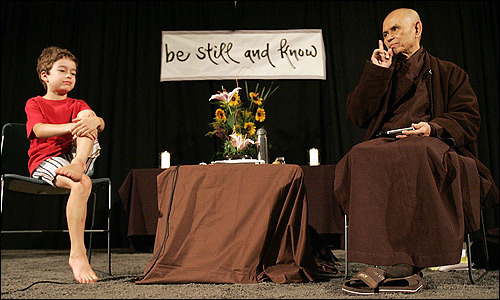
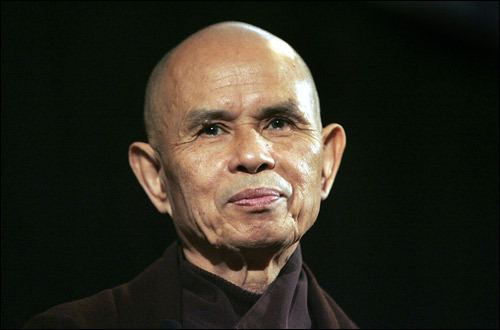
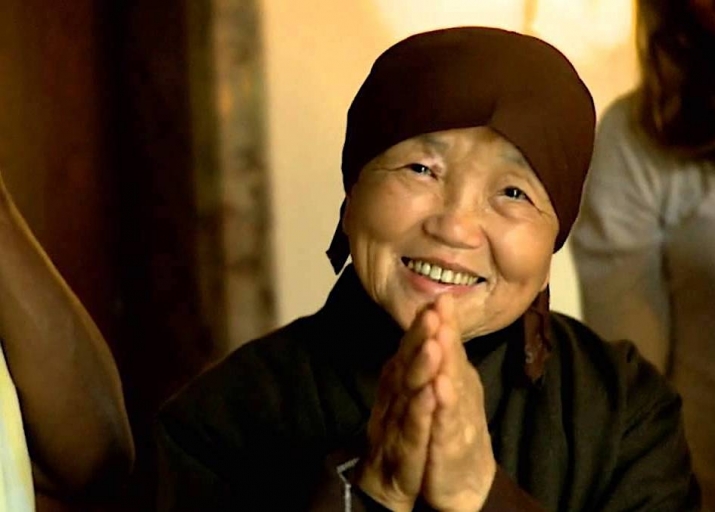
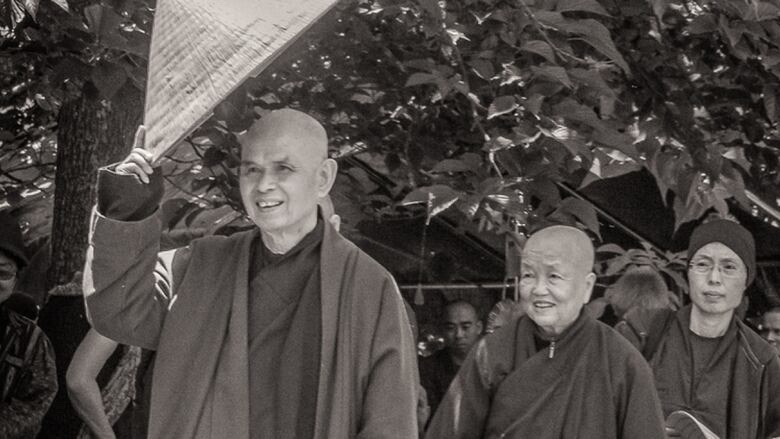




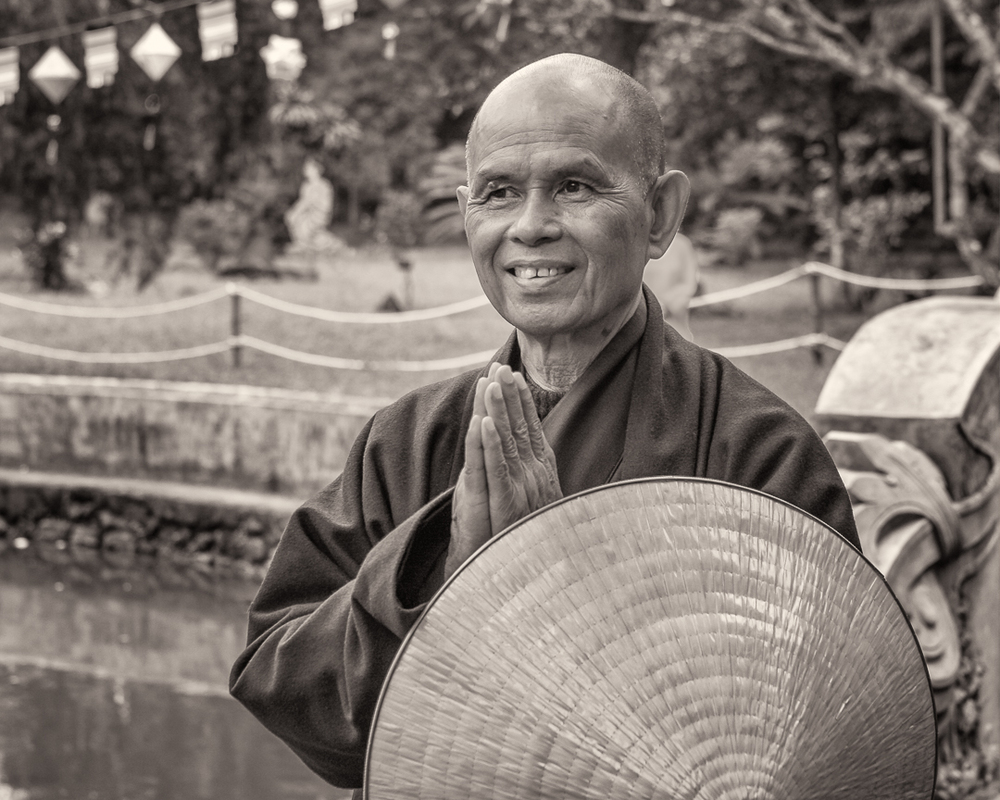
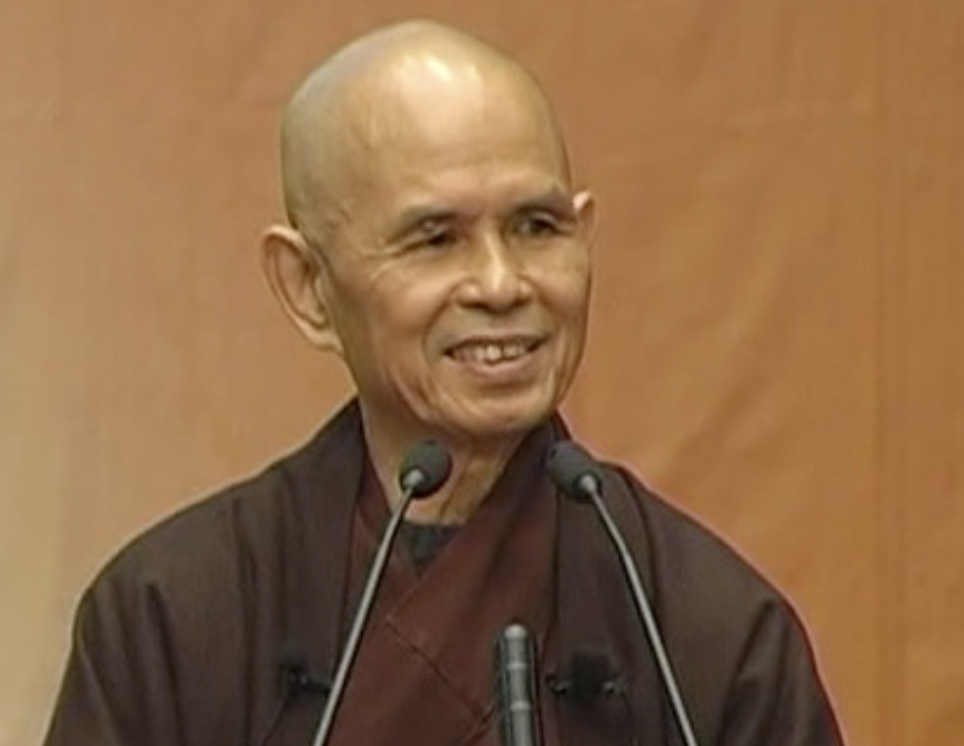


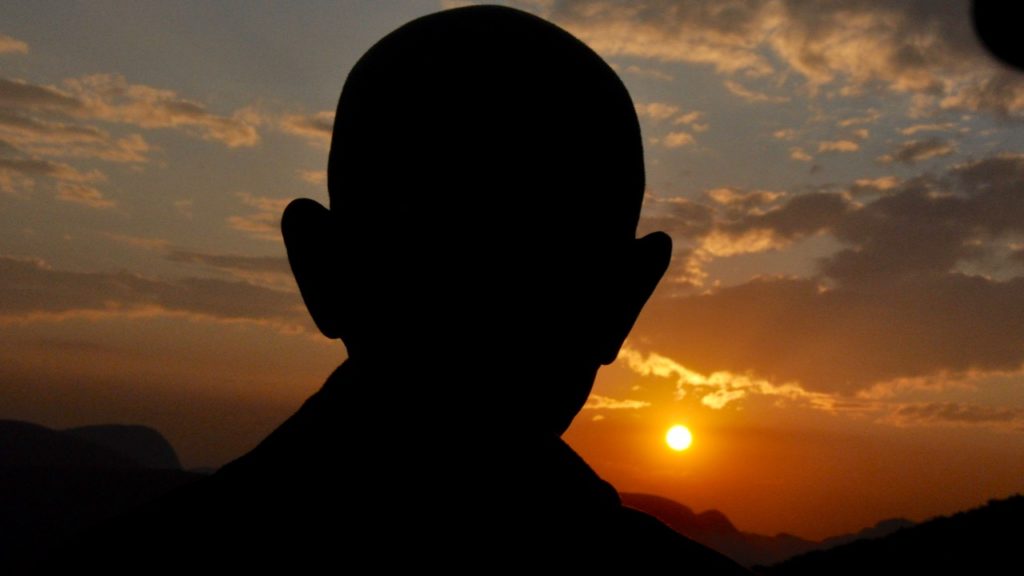
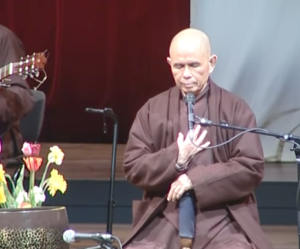 We begin this Public Talk at the World Forum Theatre in The Netherlands, dated April 28, 2006, with a 5-minute introduction on how we can listen to the monastics invoking the name of Avalokiteshvara. Listening can bring peace and well-being into ourselves. We can listen deeply with compassion to relieve suffering. Following the brief introduction, the monastics begin the chant.
We begin this Public Talk at the World Forum Theatre in The Netherlands, dated April 28, 2006, with a 5-minute introduction on how we can listen to the monastics invoking the name of Avalokiteshvara. Listening can bring peace and well-being into ourselves. We can listen deeply with compassion to relieve suffering. Following the brief introduction, the monastics begin the chant.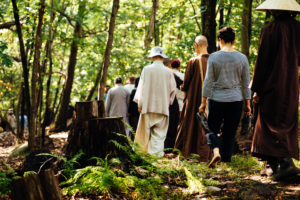 It was a warm winter at Plum Village in 2006 and Thay reflects on walking meditation on the grass and the leaves. We can enjoy every step we make on this planet. When a novice monk at the root temple in Vietnam, Thay did not know the practice of walking meditation. As a you don’t no Dharma Teacher, Thay still did not find the time for waking meditation. But when he returned to the root temple in 2005, it was wonderful to practice walking meditation on the hills with over 900 monastics. What is important, there is no need to make any effort and the practice is perfect. Only you can produce this step in mindfulness and concentration. Thay shares of returning to Vietnam and of bringing the monastic sangha together in harmony. The happiness and the joy of they incorporating some of the Plum Village practices, such as practicing as a fourfold sangha and gender equity.
It was a warm winter at Plum Village in 2006 and Thay reflects on walking meditation on the grass and the leaves. We can enjoy every step we make on this planet. When a novice monk at the root temple in Vietnam, Thay did not know the practice of walking meditation. As a you don’t no Dharma Teacher, Thay still did not find the time for waking meditation. But when he returned to the root temple in 2005, it was wonderful to practice walking meditation on the hills with over 900 monastics. What is important, there is no need to make any effort and the practice is perfect. Only you can produce this step in mindfulness and concentration. Thay shares of returning to Vietnam and of bringing the monastic sangha together in harmony. The happiness and the joy of they incorporating some of the Plum Village practices, such as practicing as a fourfold sangha and gender equity. History of Buddhist Teachings
History of Buddhist Teachings The Retreat on Buddhist Psychology continues in Key West, Florida. The date is November 6, 1997. This is the fifth talk (114-minutes).
The Retreat on Buddhist Psychology continues in Key West, Florida. The date is November 6, 1997. This is the fifth talk (114-minutes). We continue our series from the archives. The date is November 4, 1997 and the sangha continues a mindfulness retreat in Key West, Florida with the theme of Buddhist psychology. This is the third talk (98-minutes) where Thay teaches on the first 8-verses of the Fifty Verses on Buddhist Psychology.
We continue our series from the archives. The date is November 4, 1997 and the sangha continues a mindfulness retreat in Key West, Florida with the theme of Buddhist psychology. This is the third talk (98-minutes) where Thay teaches on the first 8-verses of the Fifty Verses on Buddhist Psychology. Another talk from the archives. The date is November 3, 1997 and the sangha continues a mindfulness retreat in Key West, Florida with the theme of Buddhist psychology. This is the second talk (96-minutes) where Thay introduces the interbeing and gives a teaching on store consciousness.
Another talk from the archives. The date is November 3, 1997 and the sangha continues a mindfulness retreat in Key West, Florida with the theme of Buddhist psychology. This is the second talk (96-minutes) where Thay introduces the interbeing and gives a teaching on store consciousness. The date is November 2, 1997 and the sangha is holding a mindfulness retreat in Key West, Florida with the theme of Buddhist psychology. This is the first talk (100-minutes) where Thay introduces the attendees to the basic practices of mindfulness. It’s a wonderful teaching covering breathing, sitting, walking, and silence.
The date is November 2, 1997 and the sangha is holding a mindfulness retreat in Key West, Florida with the theme of Buddhist psychology. This is the first talk (100-minutes) where Thay introduces the attendees to the basic practices of mindfulness. It’s a wonderful teaching covering breathing, sitting, walking, and silence. Our talk today is from 16-years ago and begins with a reading, first in English by a nun, and then in Vietnamese by Thich Nhat Hanh. It is 23 January 2000 and the sangha has gathered in the Upper Hamlet of Plum Village for a dharma talk during the winter retreat. The talk is in English.
Our talk today is from 16-years ago and begins with a reading, first in English by a nun, and then in Vietnamese by Thich Nhat Hanh. It is 23 January 2000 and the sangha has gathered in the Upper Hamlet of Plum Village for a dharma talk during the winter retreat. The talk is in English.






